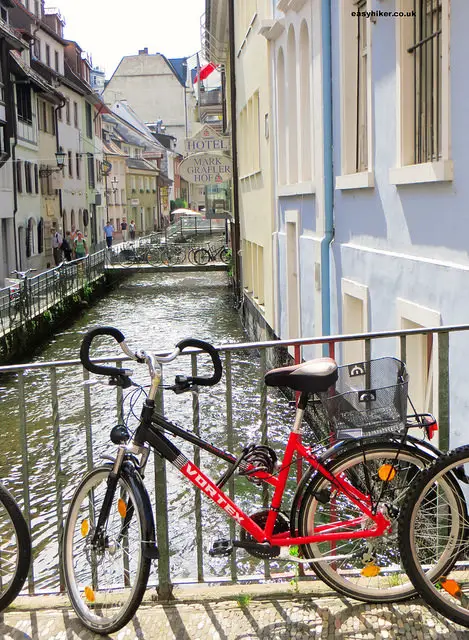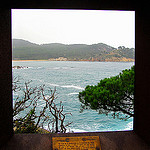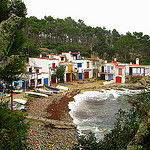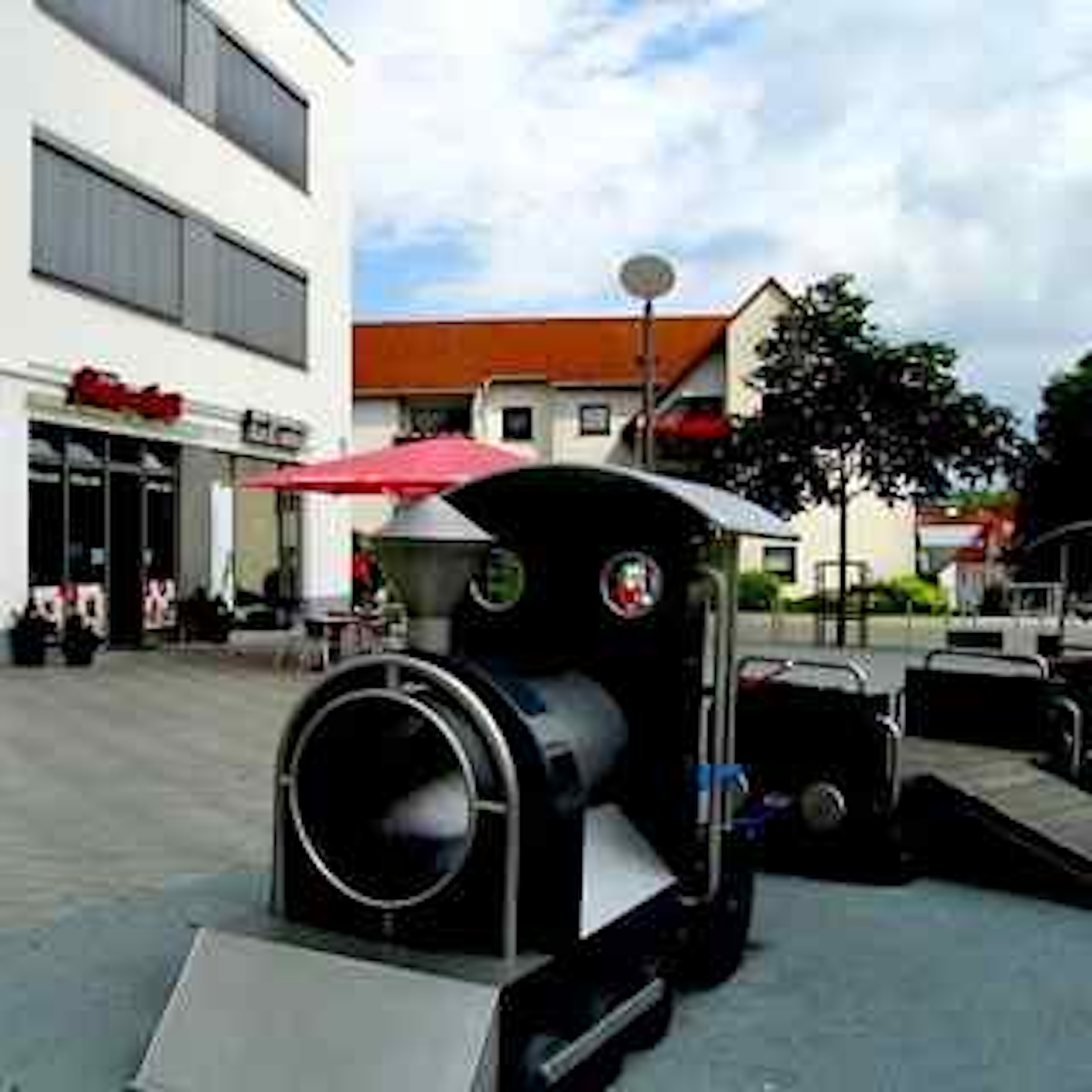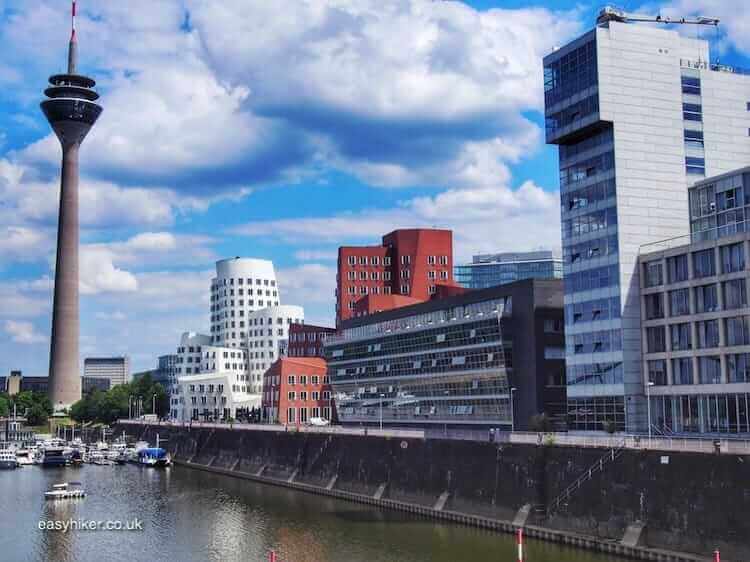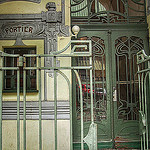The Coalminers Trail
There are two things you should know about the Muttental Mining Trail, east of the Ruhrgebiet, Germany’s old industrial heartland:
Firstly, for nearly all of the trail’s 9 km, you would never think that you are in the middle of what is essentially a city of 7 or 8 million people, the fifth largest urban agglomeration in Europe. Even on the few occasions where you leave the dense and deeply lush forests, you will find yourself walking in between corn fields and meadows, with no “smoking chimneys” in sight, and you have to scan the horizon for the next town or village.
Secondly, the trail has an eerie, post-industrial feel to it. Already on the bridge into the Muttental across the river Ruhr, you can’t help wondering how this would have looked 100 years ago.
Somewhere in the half-distance, there is still a steel factory all right, but it’s a modern facility, not a “dark Satanic mill”, and you could easily mistake it for a warehouse or an Ikea superstore if you had not passed its gates on the way.
The whole scenery is almost idyllic, and you begin to realize that the Age of Industry was but a short episode in the life of this river which was here long before industrialization began and will still be here long after humanity has pulled up stakes on Planet Earth and made off to Aldebaran or to wherever it is that we are heading next.
This walk across the quiet and peaceful River Ruhr is the perfect overture for the Coalminers Trail in Muttental, which lines up reminders – altogether 31 – of the area’s industrial past, ranging from overgrown pit heads to coal miners’ prayer rooms.
Some of these “industrial monuments” seem to be on the verge of being reclaimed by nature, and if they were not signposted by information boards on the roadside, one could easily walk straight past, but others have a spooky, Planet-of-the-Apes-like quality to them.
Our species has been here, of that there can be no doubt, but the abandoned shafts, iron gates, narrow-gauge railway lines and pit trolleys in the middle of a deep and hostile forest tell stories of hard toil, long struggles and ultimate defeat.
Having said that, it is important to realize that mining in this area has always been a cottage industry at best and that any such activity was concentrated near the two ends of Europe’s Great Industrial Age: once very early (the first pits, driven horizontally into the mountains, were constructed in the late 18th century) and once very late, after WWII, when small entrepreneurs with two or three miners dug “side entrances” into old and abandoned pits to scrape out a few thousand tons of extra coal, not so much for industry but for domestic consumption (as an alternative to burning furniture for heating in the cold post-war winters).
The Trail
The hike starts at the old Nachtigall Colliery, itself about a 20 minute walk away from Witten central station near Dortmund in the southeast of the Ruhrgebiet. (Turn left out of Witten station and left again when you reach the railway underpass.
Continue down Herbeder Straße until you come to a big roundabout where you turn left into Ruhrdeich and, after about 50 metres, right into a footpath to the river Ruhr.
There are plenty of street signs on the way, so you can’t really miss it. Just make sure you are always following the signs to “Zeche Nachtigall”.)
The colliery is now a museum and well worth a visit, too. They can also provide you with a detailed map for the (circular) Muttental walk that highlights all that there is to see.
The entire hike is app. 9 km long, but there are several convenient ways of shortening it, and if you look closely at the map, you can easily design a route that works for you. There is also a map on the Internet, not quite as detailed but still helpful.
As a bonus, on the home stretch of the hike, the trail leads you past the ruins of Hardenstein Castle, originally built in the 14th century and abandoned sometime in the 1700s, a reminder that the Ruhrgebiet is not all about coal mining after all.
People have lived in this area long before the first lump of coal was hauled from underneath the ground and will continue to live here when the last colliery has been shut down – which will happen sometime within the next ten years, most likely. (Only three active collieries remain in the Ruhrgebiet, and one of them has already been earmarked for closure in 2013.)
As you can see from this Coalminers Trail, it will take much longer to wipe out the footprints that the Great Industrial Age has left behind.

